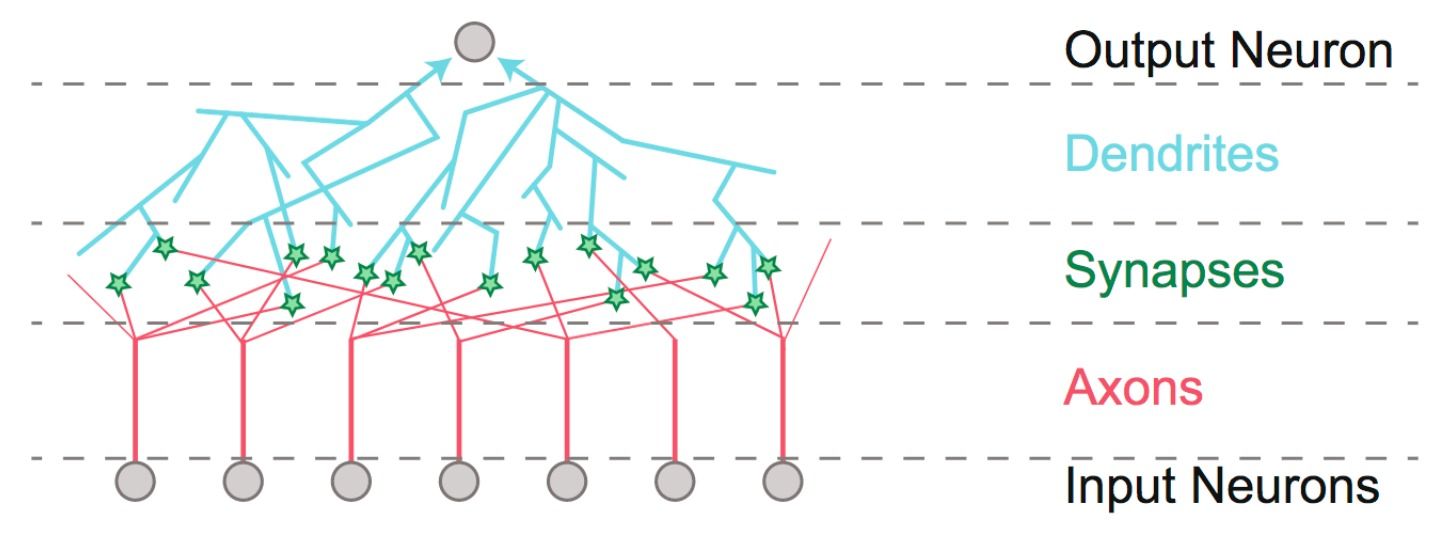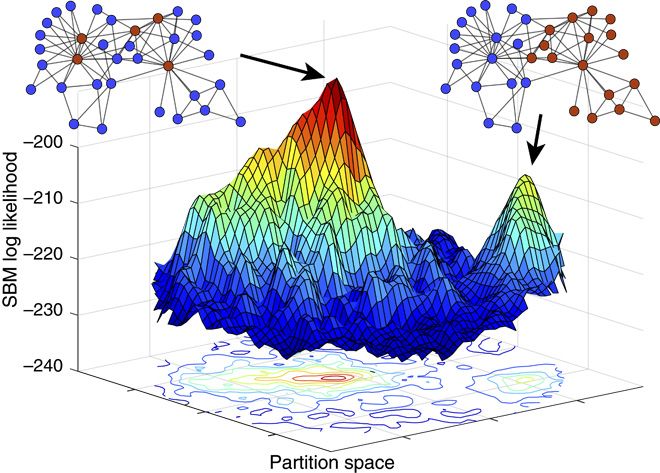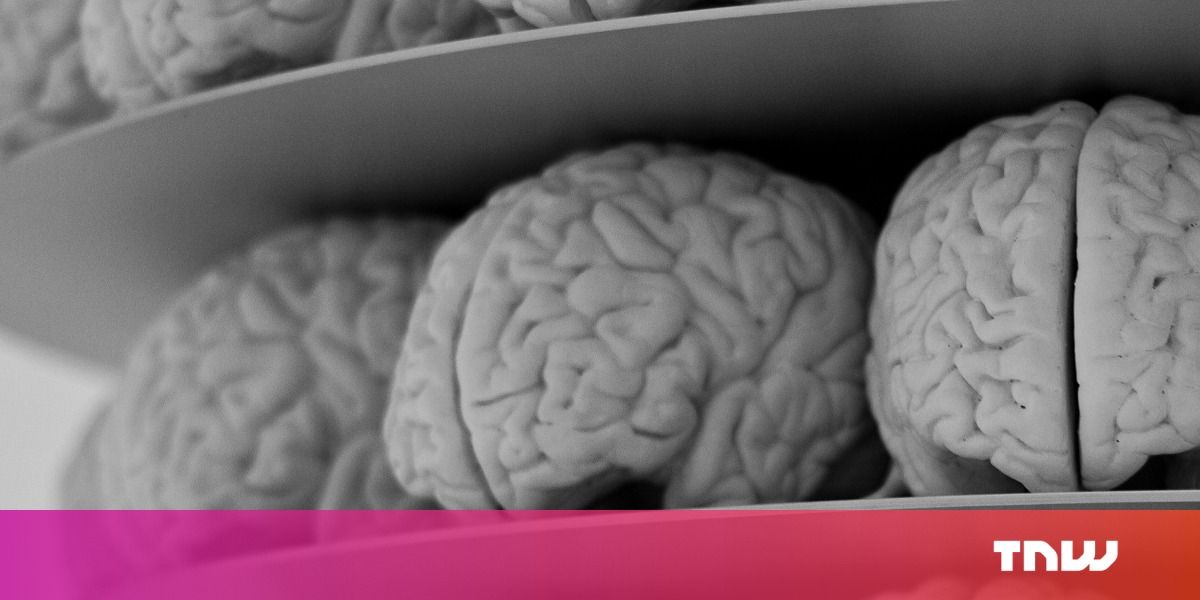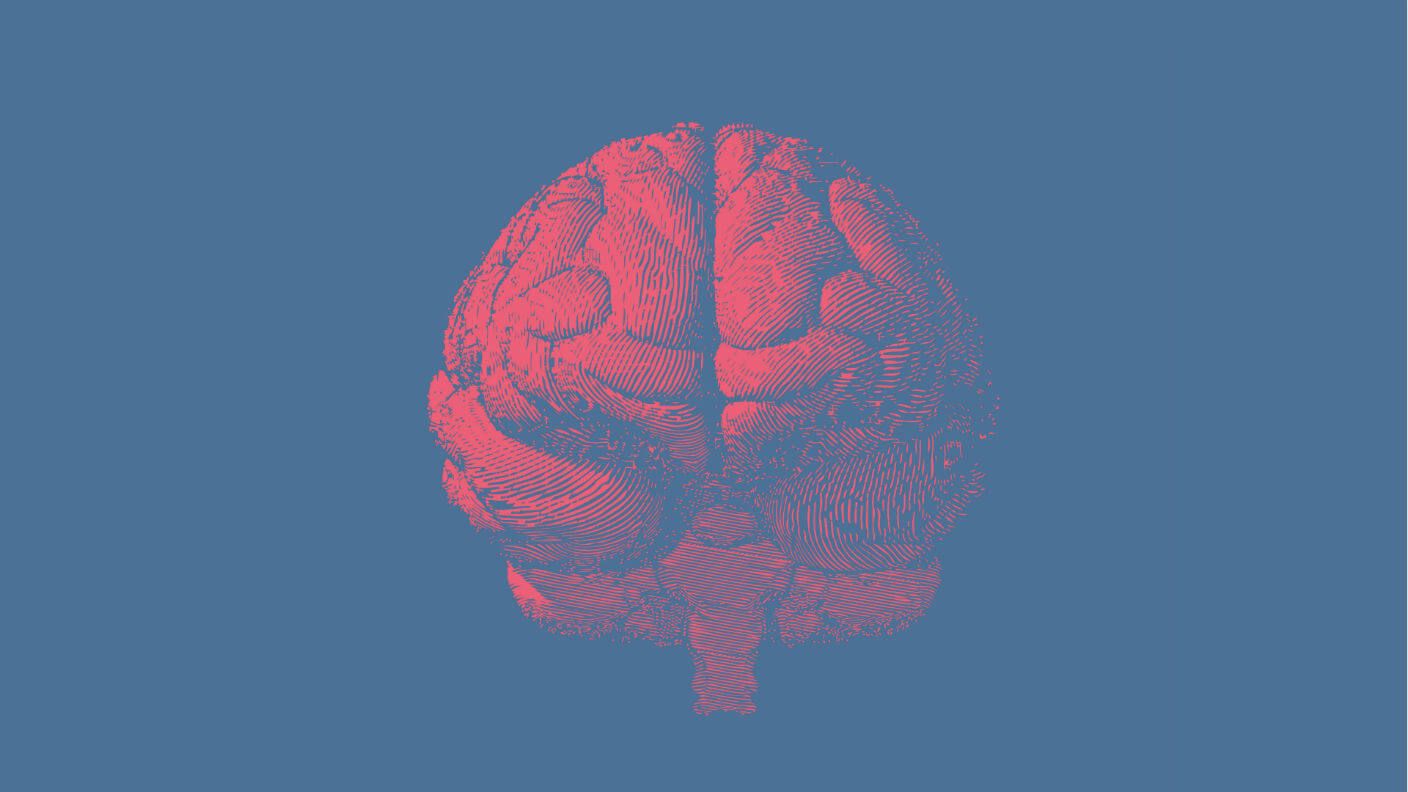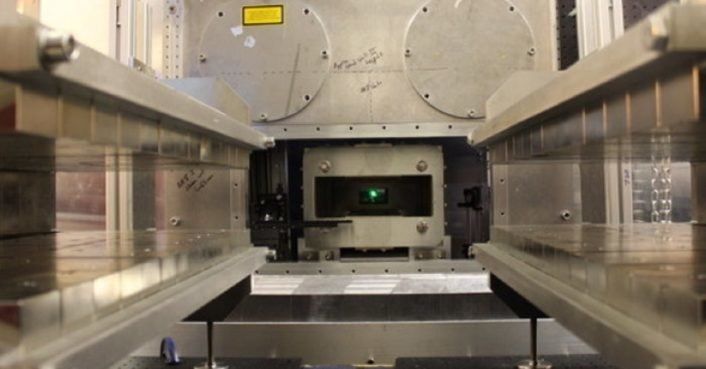I might bump my post for an armed low flying mini UAV. Seeing as this what they are tip toeing around now.
The focus of this swarm sprint is on enabling improved swarm autonomy through enhancements of swarm platforms and/or autonomy elements, with the operational backdrop of utilizing a diverse swarm of 50 air and ground robots to isolate an urban objective within an area of two square city blocks over a mission duration of 15 to 30 minutes. Swarm Sprinters will leverage existing or develop new hardware components, swarm algorithms, and/or swarm primitives to enable novel capabilities that specifically showcase the advantages of a swarm when leveraging and operating in complex urban environments.
http://www.darpa.mil/work-with-us/offensive-swarm-enabled-tactics


